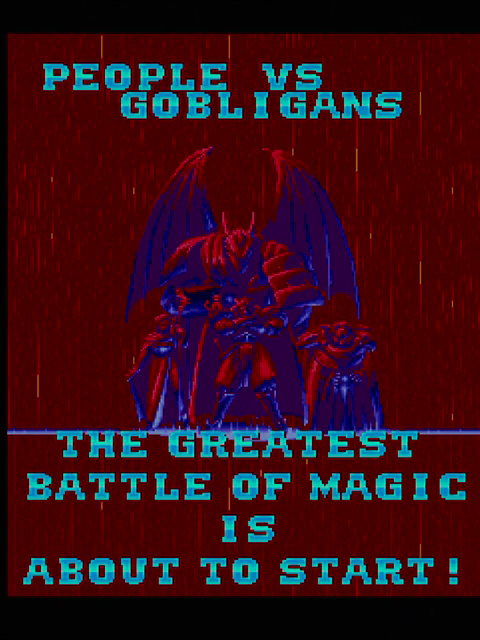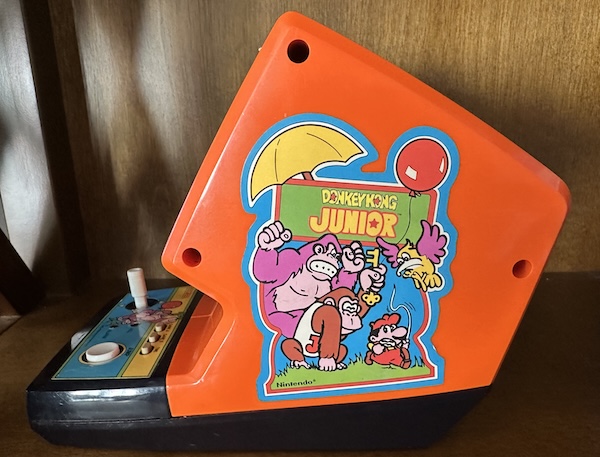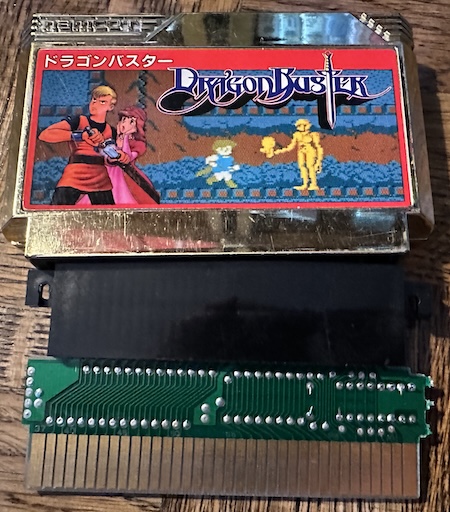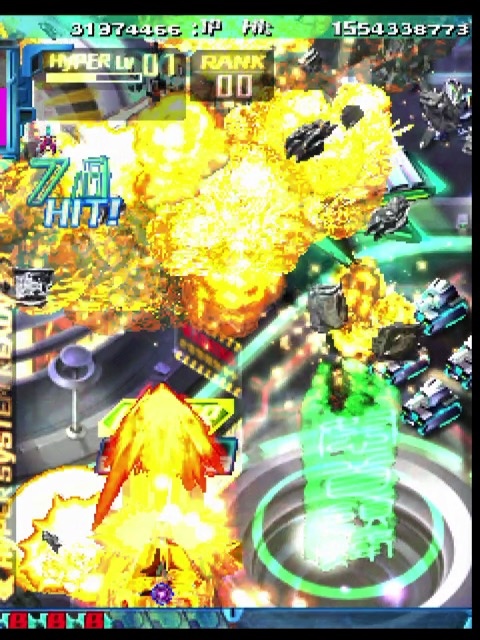-
Toaplan v2 and the Birth of Raizing: Sorcer Striker!
Toaplan. A company known for two things: great arcade shoot ‘em ups like Truxton, and a highly questionable translation of one of those games on the Sega Genesis. But we’ll leave all your bases aside today. The “Toaplan v1” chipset I talked about in the Truxton article of course showed its age over time, and was replaced with a new one. And Toaplan didn’t just use it themselves; they licensed that chipset to a new company entering the shoot ‘em up game. Let’s dig into Sorcer Striker, Raizing’s first title.
-
Giving the Jakks Atari Paddle a Spin
Some things I like to talk about on this blog are “paddle” games that use a potentiometer to control the player position, and plug-and-play consoles. Oh, and the Atari 2600. Well, it just so happens that Jakks Pacific in 2004 released something that combines both of them: the Atari Paddle. It’s like they had this blog in mind.
-
Composite Mod on the CoCo 2: The UVD Board
Since at least March of 2019, the Tandy Color Computer 2 has sat there, teasing me. It has a Motorola 6847, the tragically disappointing graphics chip, paired with the terrifyingly powerful Motorola 6809 CPU (running at… substantially less than a megahertz, but we all have our flaws). Truly a machine that should provoke more interest from me than it does… except for the fact that it only has RF output. Let’s finally fix that.
-
Too Good to be First-Party: Coleco's Tabletop Donkey Kong Junior
What was home video gaming like in the early 1980’s? You might consider picturing things like the Atari 2600 or the Intellivision, and those were certainly a big part of it. But another big part were the category I’ll call segmented-display games; portable systems like the Game & Watch, but also more stationary “portable arcade” machines. And in the United States, no name in home mini-arcades was bigger than that of the Connecticut Leather Company, or if you’re a friend, Coleco.
-
NES Cartridge Chaos: The Official Nintendo Region Converter and More!
This post is a combination of looks at several oddities among my pile of NES and Famicom cartridges. Why, for example, do I have a copy of Gyromite when I don’t have a R.O.B.? Did I miss something interesting in my MMC blog post? And while it is the Japanese release of Kid Niki: Radical Ninja, is my Kaiketsu Yanchamaru being a little too radical? Who put the ram in the rama-lama-ding-dong? Some of these questions will be answered!
-
The CV-1000 returns, but at what cost?
One thing that always amazes me about the arcade industry is the ingenuity of the, shall we say, post-market. Certainly there are simple things like the 60-in-1 or the King of Fighters ‘97 pirate board that are little more than interfaces between MAME and a JAMMA edge, but more interesting things include the Teddy Boy Blues complete recreation of Sega’s System 1 hardware. But what about the CAVE CV1000? Could that be recreated?
-
The Fuuki FG-3 and Asura Buster: The late 90's say Hello
One thing I’ve talked about a few times on this blog is that over the course of the 1990’s, 2D arcade hardware became something you could take for granted; in fact, today you can run pretty much any 2D game you want on an incredibly cheap Raspberry Pi. Some of the later boards we’ve looked at include the lower-end Namco ND-1, the IGS PGM2, and the high-end Cave CV-1000, which used a blitter and framebuffer approach. Let’s look at a monster of sprites and tilemaps from a more modest company at the end of the 2D era: the 1998-2001 Fuuki FG-3.
1 / 25
Next







